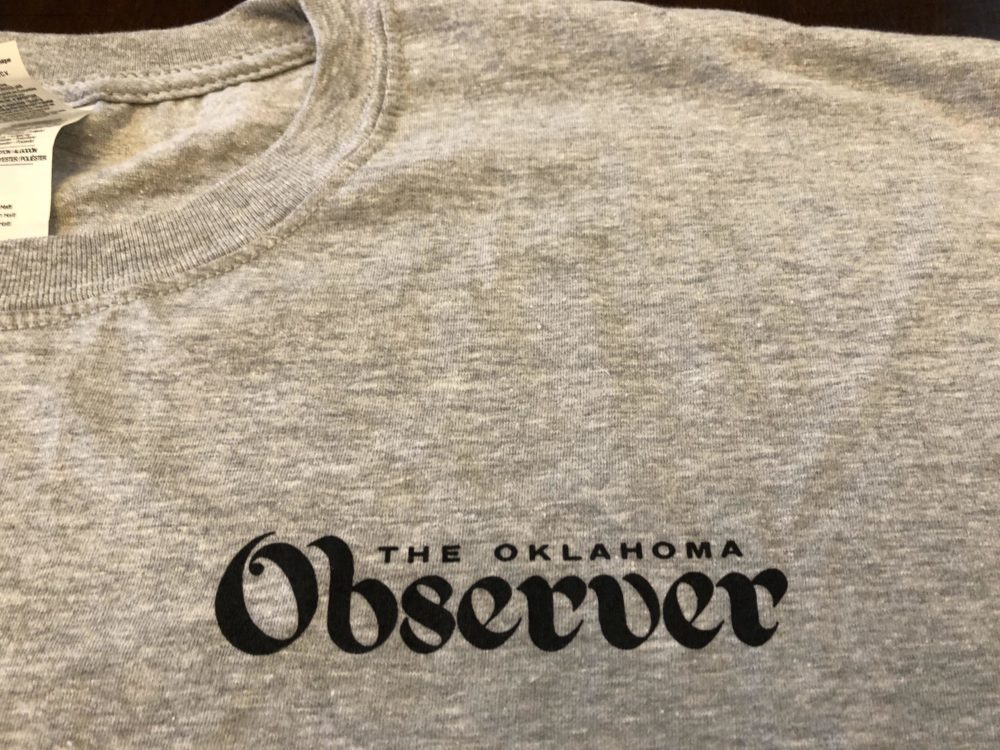BY CHUCK HOSKIN JR.
 Across our country, we are having a new dialogue about how we experience race and the painful chapters of United States history, including the American Civil War. Recently, I oversaw the removal of two monuments from the historic Cherokee Nation Capitol Square in Tahlequah. The monuments failed to reflect the Cherokee Nation’s values of freedom and inclusion, and they run contrary to the idea that Cherokee Nation should have control of telling its own story.
Across our country, we are having a new dialogue about how we experience race and the painful chapters of United States history, including the American Civil War. Recently, I oversaw the removal of two monuments from the historic Cherokee Nation Capitol Square in Tahlequah. The monuments failed to reflect the Cherokee Nation’s values of freedom and inclusion, and they run contrary to the idea that Cherokee Nation should have control of telling its own story.
We have long had public discussion about the potential removal of these monuments. I concede that recent events in the country caused me to reflect further on the matter. America is engaged in a dialogue on the subject of whether public monuments glorifying the Confederacy are appropriate. I think they are not, but that only begins to delve into the reasons I removed the monuments. The discussion goes even deeper, to the core of whether a people should have the power to tell their own story.
Contrary to popular belief, the monuments, both relating to the Confederacy and Confederate Gen. Stand Waite, are not “Cherokee” in terms of creation or origin. The monuments were set in place by a non-Cherokee organization, the Daughters of the Confederacy, in 1913 and 1921. This began less than a decade after Cherokee Nation lost ownership of our historic Capitol Square at Oklahoma statehood. The state owned the property, and it was controlled by the county government as a courthouse. Cherokee Nation, its government suppressed by the federal government, was not involved in the placement of the monuments.
What an insult to a great nation to have its Capitol taken and then adorned with monuments by those who seized it. It would take a half-century for Cherokee Nation to regain its full ability to self-govern and take back its Capitol Square. Yet, for the last century, one of the most hallowed places in the Cherokee Nation – a symbol of Cherokee unity, endurance and progress – was decorated based on the judgment of the state government, the county government and a non-Indian organization as they saw fit.
The days of Cherokees leaving it to others to tell our story are over. We have suffered for centuries with others telling our story for us and telling us which people, places and events should be glorified in monuments. I have committed much time and energy to giving our national story back to Cherokees. On that point, I will never yield.
Today, we have the power and resources to build our own monuments and memorials to significant people, places and events. We have exercised that power across Cherokee Nation in a way that has brought pride and unity to our tribe. You can see it in each of our public spaces. Through museums, books and online material, people can explore the Cherokee story. This includes a discussion of Stand Waite and the Civil War, as it is not possible to explore Cherokee history without understanding both.
Telling our own story allows us to tell it more fully and accurately. The Daughters of the Confederacy had as its mission the glorification of the Confederacy. The monuments were set in the midst of great racial strife in the country, including lynchings, race massacres and the enforcement of Jim Crow laws. To anyone with even a basic understanding of Cherokee Nation’s connection to the Civil War, the monuments did a poor job of depicting that pivotal era in Cherokee history. The monuments, bearing painful references to the Confederacy and glorifying the cause of the rebellion, detract from the spirit of unity and friendship that Cherokees today want to extend to each other and to the world. We can do better.
As for the monuments, will work to find them a new and appropriate home.
Going forward we plan to develop more artistic spaces for Cherokees to better tell our story across the entirety of the Capitol grounds. For the first time in more than a century, the Cherokee Nation will take full control over the images and symbols depicted on our historic Capitol Square. As long as I am Chief, those symbols will reflect unity and inclusion, not divisiveness.
– Chuck Hoskin Jr. is principal chief of the Cherokee Nation








